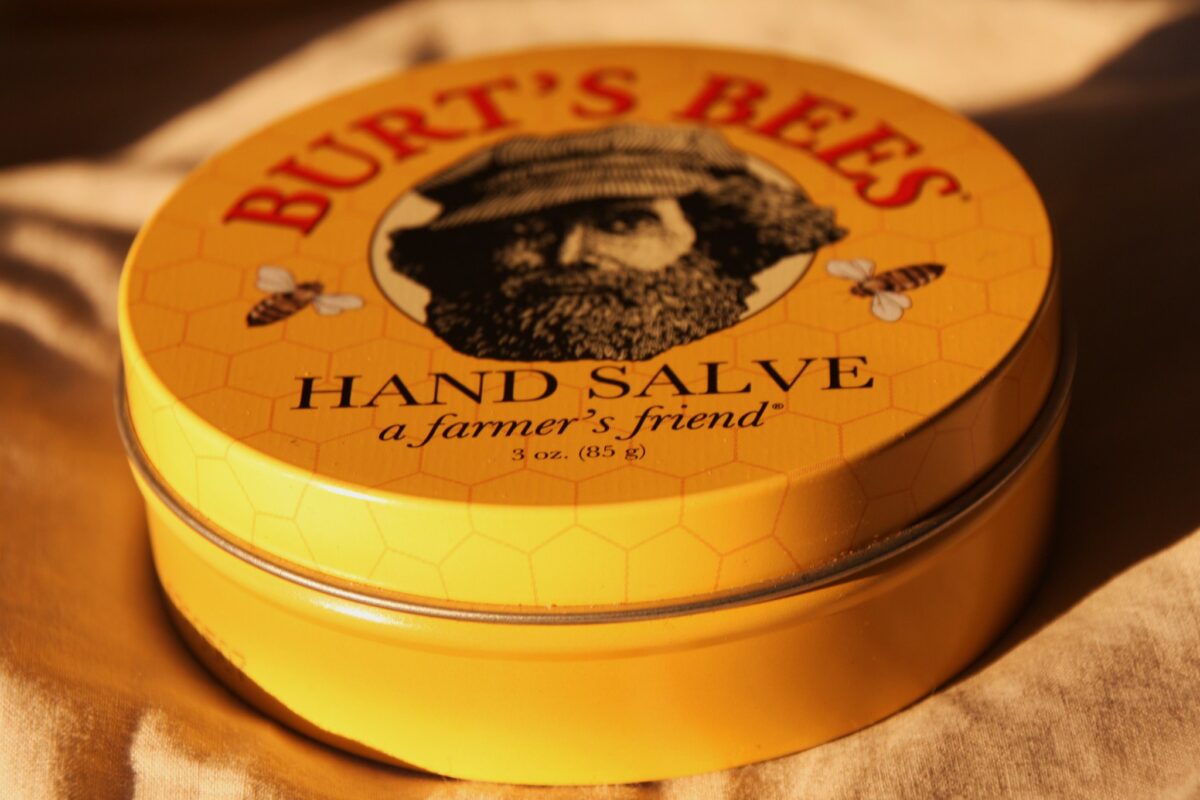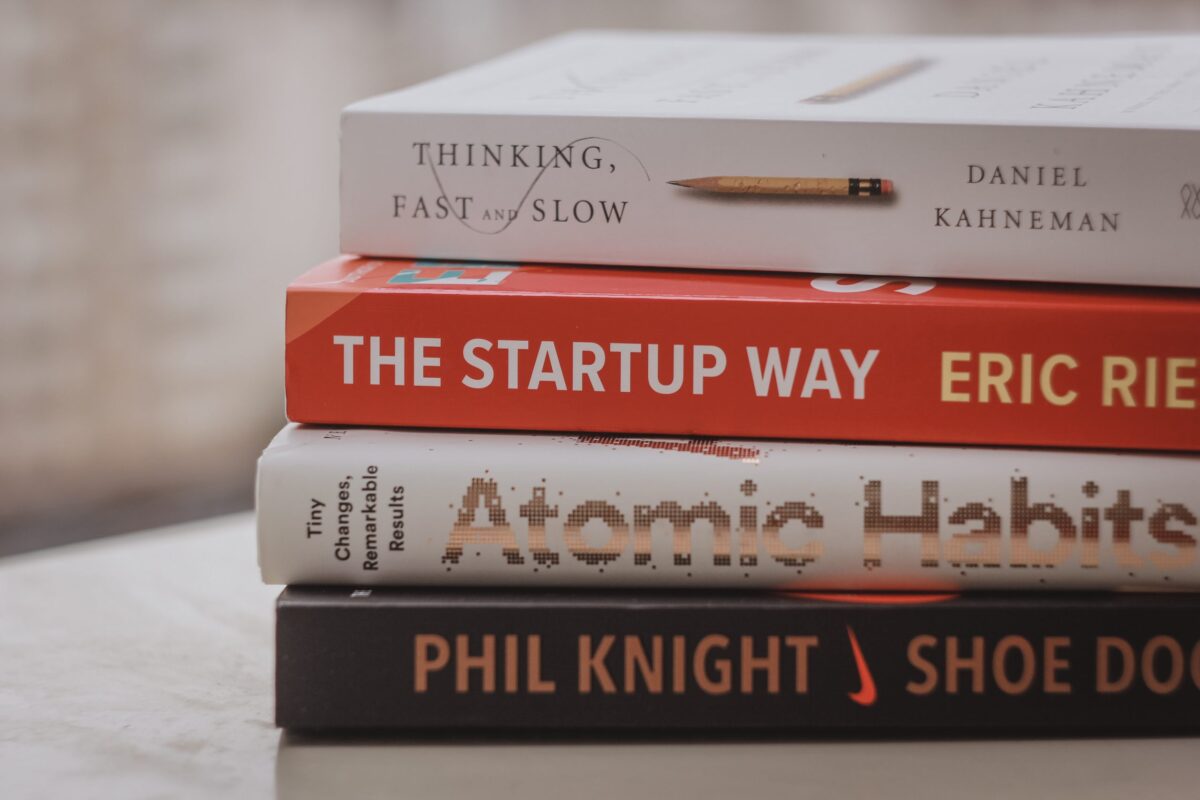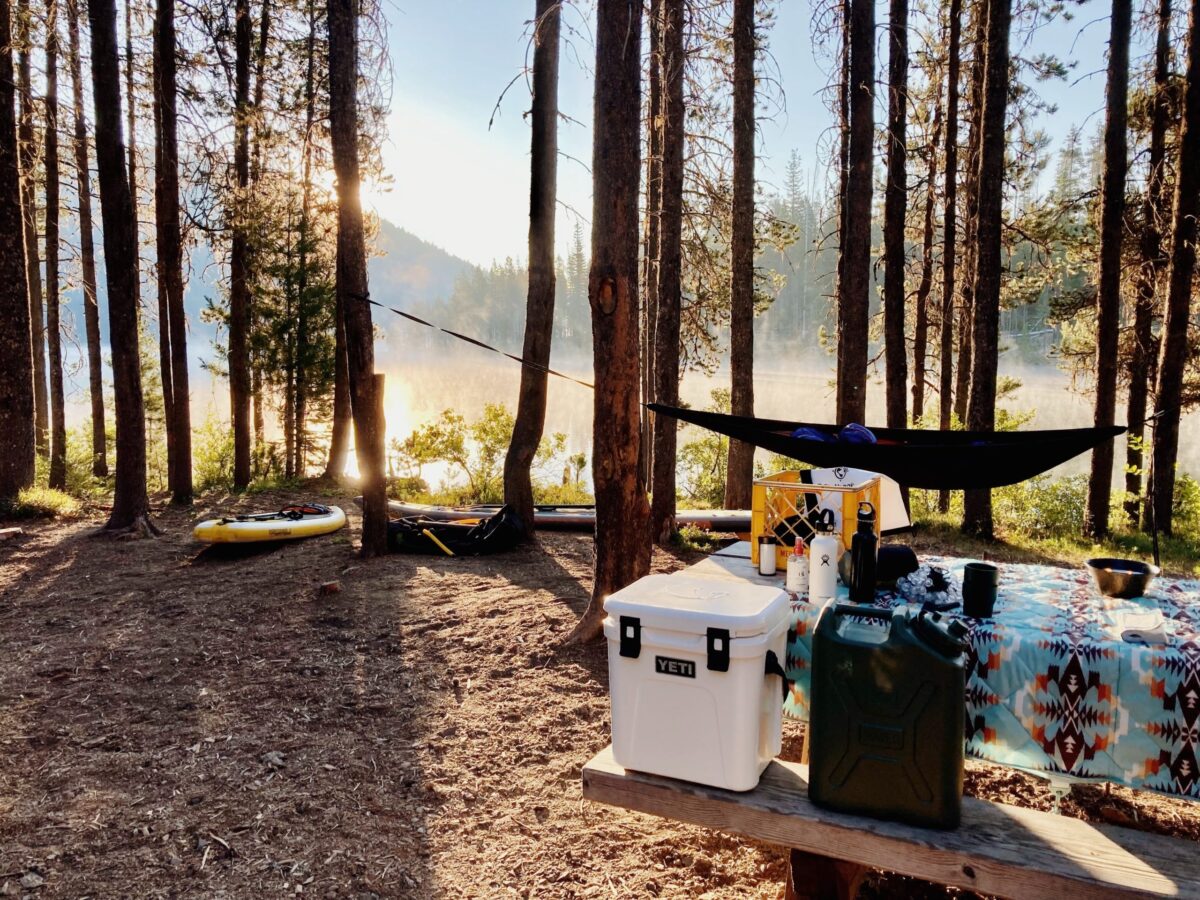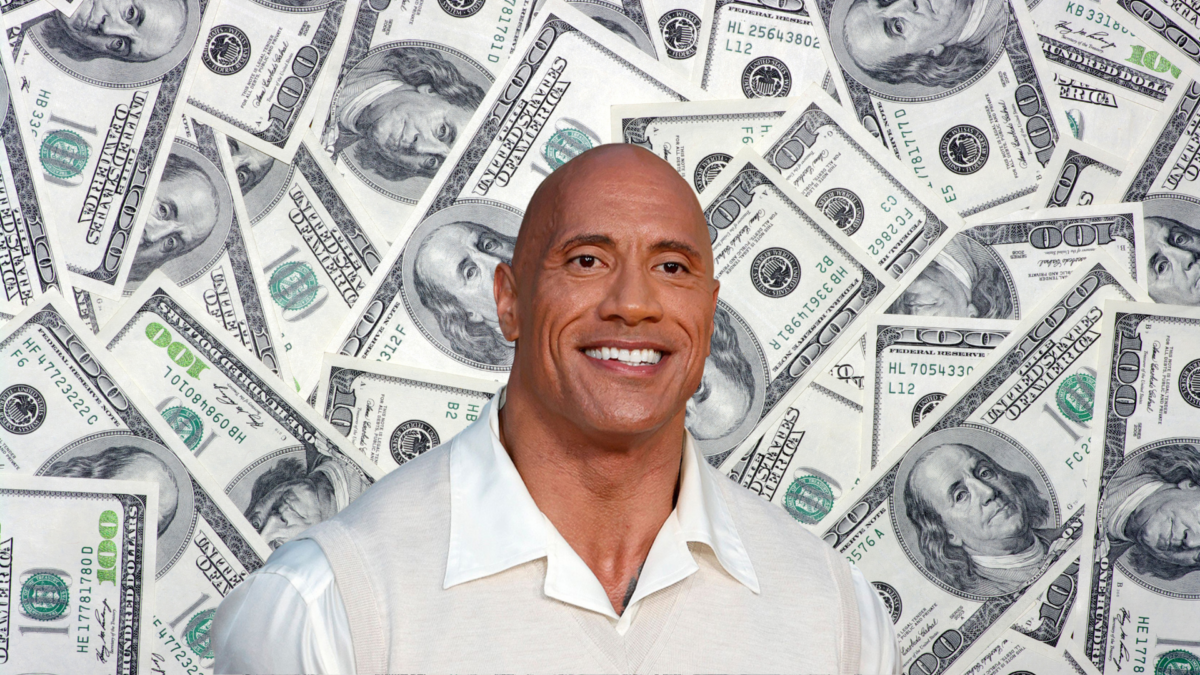No products in the cart.

This is the story of Burt’s Bees.
Their logo can be spotted everywhere from the isles in chain-store supermarkets to roadside novelty shops. The Burt’s Bees brand swarmed the US and abroad and has grown into a legitimate household name brand with an obsessed customer base.
Their lip-balm business was cemented into business hall of fame when their founder sold it to Clorox for jaw-dropping $970 million. But long before their rockstar exit, the origin story of Burt’s Bees started in the middle of no where in Maine by 2 eccentric loners.
As it happens, the Burt’s Bees, story started with a bearded hippy living out of a modified turkey coup with no electricity or running water, and a hitchhiker who eventually became his business partner and lover.
Here’s their story…
Escaping Life in the “Big Apple”

Burt Shavitz was a photojournalist in New York City in the 1960s covering the key issues of the day. He was credited for example with capturing key figures during the civil rights movement with the likes of JFK and Malcolm X.
Shavitz had a promising and safe career working for established media publications like Time and Life Magazines. But Shavitz wasn’t long for the corporate world.
Mass media in the 60s began rise of TV journalism. Shavitz felt the times were becoming less relevant in the big city for a photojournalist. So he began contemplating how he would dedicate the next chapter of his life.
Then one day, after snapping a photo of an elderly neighbor looking out her apartment window, he realized he no longer, if ever, belonged to the hustle and grind of New York City.
“I knew that that would be me, 90 years old and unable to go outside, if I didn’t get the hell out.”
So he did, Shavitz got the hell out of NY. He traded the life he knew in the concrete jungle for small parcel of land in the backwoods of Maine where his only possessions left included a golden retriever named Rufus, and a beehive intended to make into a hobby.
Meanwhile in San Francisco

On the other side of the country, living a parallel life, Roxanne Quimby, 15 years younger, was a struggling artist living in San Francisco. Who like many other young people at the time, was escaping the urban sprawl of city life seeking freedom in the remote wilderness. Pregnant with twins, she found herself moving to Maine to start a new life with her boyfriend.
While settling into her new home, Quimby’s boyfriend left her. Expecting children and in need of work and money she set out to fend her own. Literally hitchhiking her way into the nearest town in pursuit of any employment.
As fate would have it. The two future business partners met that very day on the side of the north-woods rural highway as Burt pulled over to pick up a complete stranger thumbing a ride into town. What are the odds?
Here’s the version of that fateful encounter posted to the company’s Web site:
It was the summer of ’84, and Maine artist Roxanne Quimby was thumbing a ride home (back when you could still do that sort of thing). Eventually a bright yellow Datsun pickup truck pulled over, and Roxanne instantly recognized Burt Shavitz, a local fella whose beard was almost as well-known as his roadside honey stand. Burt and Roxanne hit it off.
The 2 Became Business Partners (of a kind)
The two eventually became partners in both life and in business. While Burt was content selling his honey to his local patrons on the side of the road. Quimby was looking to supplement both of their income.
Burt had a lot of unused wax on his property, viewing it as simple organic waste from his bee hives, but none-the less, never disposed of it in case he had future use of it. What Burt saw as waste, Roxanne saw it as future product lines.
She started out converting the excess wax into homemade candles and began selling them at local craft fairs, bringing home a total of $200 at their first show The duo generated just $20,000 their first year in business together.
The honey was a steady seller but Quimby could only move the candles in the fall and winter holiday season. People just didn’t seem to want them in the hot summer months. Forcing Roxanne back to the drawing boards, looking for something else to craft with the unused wax.
Then, she stumbled across an article in a Farmer’s Almanac that contained an all-natural wax lip-balm recipe from the 1800s…

On her wood stove, she heated a cauldron and poured the liquid wax to cool in small polishing tins. She instantly loved the old time look and feel of her new creation.
Building the Brand
Quimby outsourced an artist to create a sketch of Burt for the product packaging, and the brand took on its now-famous character. She labeled them Burt’s Bees.
Now beyond honey and candles, Quimby was able to introduce a line of shoe polish and the eventual coup d’é·tat, an all-natural honey infused lip-balm.
This was the beginning of the Burt’s Bees brand, (which today is the second largest selling natural care brand of cosmetics in the country, second only to Chapstick and Blistex).
In 1994 they grew their revenue to $3 million business, Quimby decided they had outgrown their small marketing in Maine and needed to find a more favorable business climate.
Maine was high on taxes for one, but now they were selling their products all over the country. She required a supply-chain infrastructure to properly supply their increasing demand. Quimby found what she needed and moved the entire operations to North Carolina.

But the Partnership Came to an End
Burt accompanied Roxanne but he only lasted two months into the move when things changed their relationship forever.
During that transition, Shavitz was forced out after having an affair and ultimately accused of “sexual harassment” with an employee. This is another story all-together which he explained in the popular Netflix documentary, Burt’s Buzz.
According to reports, Shavitz had an affair with a younger woman and was forced out of the company with a payout of $130,000 in 1999 to go back to his life in Maine.
WATCH: You can watch the full documentary here:
Burt’s resignation ultimately led Quimby to buy BUrt out of the company by acquiring his shares.
With Burt gone, Quimby moved massive products skyrocketing from $23 million in 2000 to $164 million in 2007. The industry saw massive golden opportunities in the market for green products.
Selling the Business
Through a series of subsequent business deals that occurred as a sole proprietor, Quimby was able to sell a majority of her interests in the all-natural brand to a private equity company for $170 million while still negotiating a remaining 20% minority stake in the company.
Which Quimby later on subsequently sold her remaining interests to Clorox for an additional $290 million.
For a brand forged on the side of a highway, Quimby expertly maneuvered Burt’s Bees through one hell of a business transformation.
Roxanne went from hitchhiker to the mastermind behind the household brand name we know today with a total earnings payout of $404 million.
What Happend to Burt?
If Burt hadn’t gone through the scandal in the late 90s, giving up his stake in the brand for $130,000, his shares would have been worth about $59 million.
Although he passed at the age of 80, Shavitz wasn’t one to linger in the past.
In an interview with the New Yorker, Shavitz said;
“I’ve got everything I need: a nice piece of land with hawks and owls and incredible sunsets, and the good will of my neighbors.
What I have in this situation is no regret. The bottom line is she’s got her world and I’ve got mine, and we let it go at that.”
Which sounds exactly like what a guy who sells honey on the side of a remote road in Maine might say.
What Does One Buy With $400 Million?
While it’s none of my business, it does make one curious. What did Quimby do with all that money? She went to Hawaii, then to Antarctica and all the places she felt like. She shopped for a home in Palm Beach…She bought six.
But it turns out she invested most of her newfound wealth in forrest land to protect it. She then purchased 100,000 acres of land in Maine turning 87,500 acres into a protected national forrest land she gave back to the US government along with $20 million in cash to keep the park funded.
As of 2016, she is a resident of Portland, Maine, where she remains prominent philanthropist and leads a number of charitable organizations in the area.
For more information visit tylerhayzlett.com



























